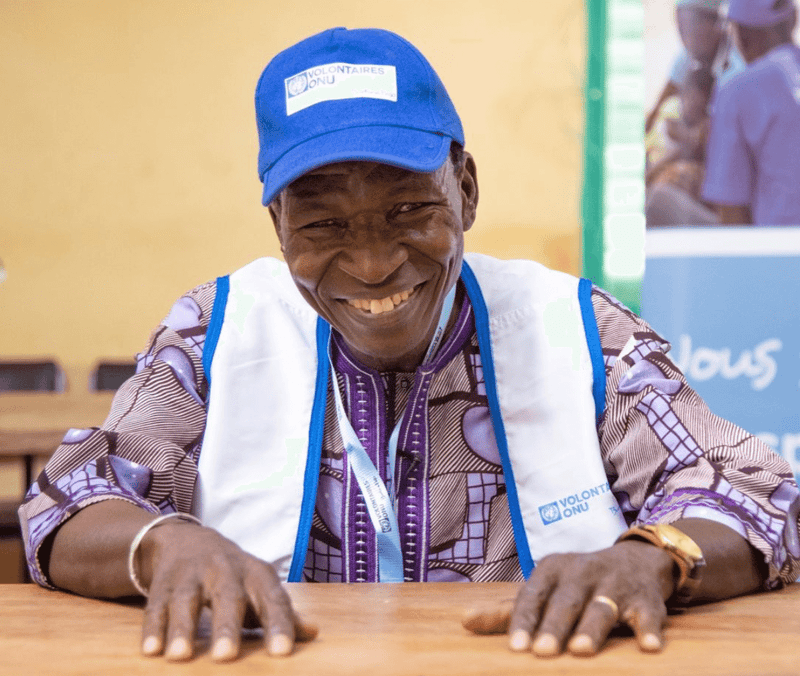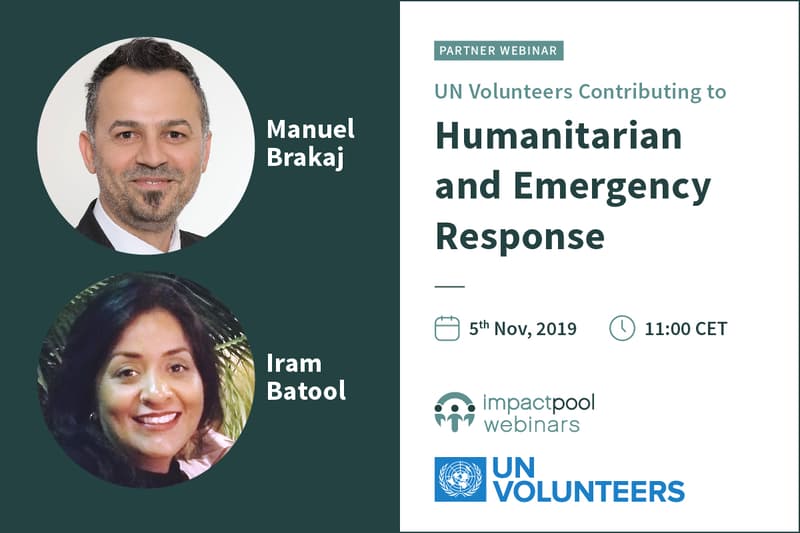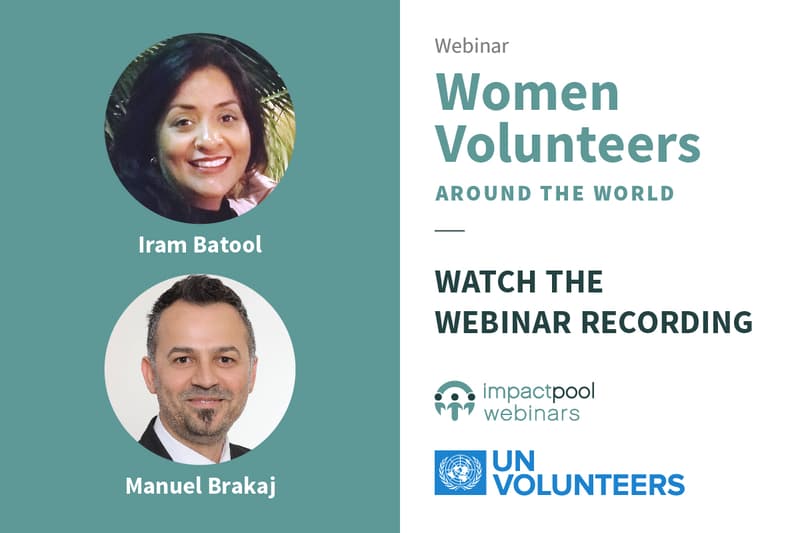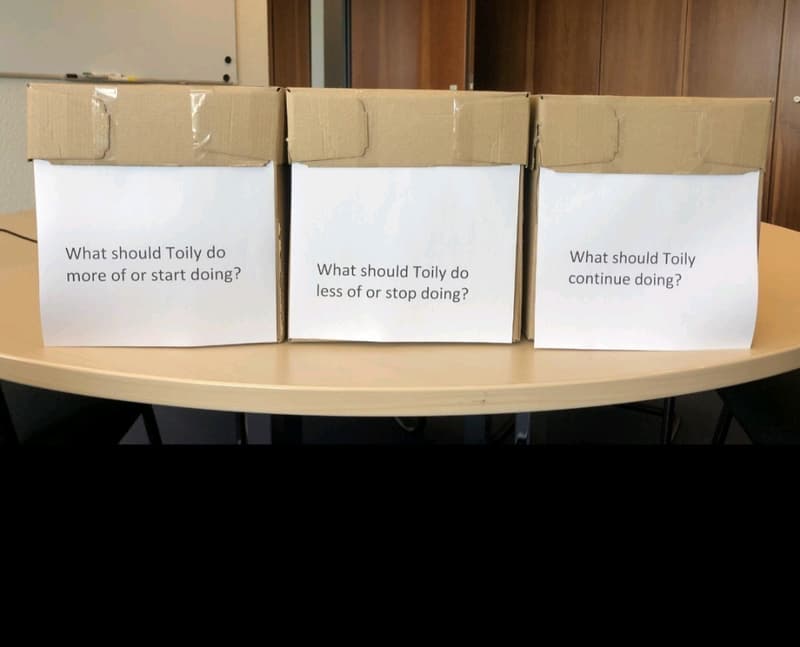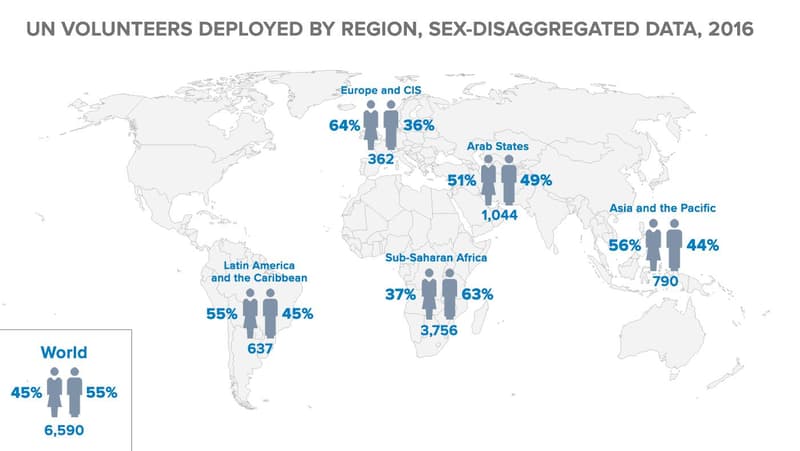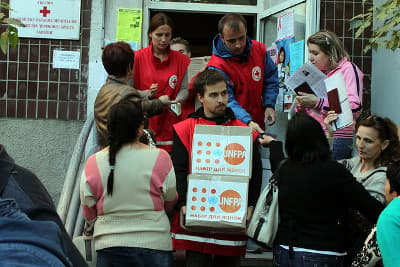Comparative Studies of Poverty Alleviation Measures
United States
- Organization: UNV - United Nations Volunteers
- Location: United States
- Grade: Level not specified - Level not specified
-
Occupational Groups:
- Poverty Reduction
- Closing Date: 2023-12-06
Details
Mission and objectives
Humanity’s interest towards animal-sourced products spans millennia, yet in only the past decades has animal agriculture reached enormous capacity worldwide. Globally, over one trillion animals are raised & killed for food per year, creating an unparalleled shift over the last century in resource allocation towards non-human animals. This shift has called for ecological costs locally and globally from water, land, and energy, to the result of their mere existence intrinsically producing greenhouse gas emissions (GHG) and biological waste. Indeed, agricultural animals have always required these aforementioned environmental prerequisites to survive, but only recently have practices within animal agriculture rapidly changed towards systems which serve as a conduit for problems, such as containing animals in close quarters. Recent analyses have indicated a new-found ecological salience for large-scale animal husbandry. LCA of products within animal agriculture and international governmental data culminated in the past decades to shed light on the problems at hand, specifically environmental areas of concern from animal husbandry. This compendium will primarily address three such environmental categories: Water, Land, and Greenhouse Gas Emissions. Founded by Kristopher Gasteratos and his colleagues at Harvard University, Cellular Agriculture Society (CAS) is an international 501c3 nonprofit using donations to advance cellular agriculture, the production of animal products from cells rather than entire animals. Since the problems posed by animal agriculture affect all humanity at a global scale, it’s important that cellular agriculture is promoted all around the world. For cellular agriculture will only make its tremendous impact when it is expanded upon the planetary scale, and beyond. It is vital that volunteers around the world are given the opportunity to work together progressing cellular agricul
Context
Poverty is one of the most pressing challenges facing the world today. According to the World Bank, about 10 percent of the world's population lived below the international poverty line of $1.90 per day in 2015, and more than 700 million people were still living in extreme poverty. Poverty has multidimensional impacts on human development, such as health, education, nutrition, and social inclusion. Poverty also undermines the achievement of the Sustainable Development Goals (SDGs), which are a universal call to action to end poverty, protect the planet, and ensure that all people enjoy peace and prosperity by 2030. Different countries have adopted different poverty alleviation measures based on their national conditions and development stages. China and the United States are two major economies that have made remarkable progress in reducing poverty, but also face significant challenges and gaps. China has lifted more than 800 million people out of poverty since its reform and opening-up in 1978, contributing to more than 70 percent of the global poverty reduction. The United States has implemented various social welfare programs since the 1960s, such as The Great Society Program initiated by President Lyndon B. Johnson, to assist the poor and vulnerable groups. However, both countries still have a large number of people living in poverty or near poverty, and face the issues of income inequality, regional disparity, and social exclusion. A comparative study of the poverty alleviation measures of China and the United States can provide valuable insights and lessons for other developing countries and the international community in their efforts to eradicate poverty and achieve the SDGs. Such a study can also facilitate mutual learning and cooperation between China and the United States, and enhance their understanding and trust on this common global agenda. By learning from the experience of the two of the largest countries which successfully fought against poverty, we will confidently push forward our Sustainable Development Goal 1 (No Poverty), Goal 2 (Zero Hunger), Goal 8 (Decent Work and Economic Growth), and Goal 10 (Reduced Inequalities).
Task description
The task is to conduct a comprehensive and comparative study of the poverty alleviation measures of China and the United States, and to identify the best practices for achieving the SDGs. The study should can include the discussion of the following aspects: • The poverty alleviation-based industry development, which refers to the strategy of developing industries that can create jobs and income for the poor, such as agriculture, tourism, e-commerce, and renewable energy. The study should compare and contrast the policies, models, and outcomes of this strategy in China and the United States, and analyze the factors that affect its effectiveness and sustainability. • The Targeted Poverty Alleviation, which refers to the approach of identifying the poor accurately, arranging targeted programs, utilizing capital efficiently, taking household-based measures, dispatching first Party secretaries based on village conditions, and achieving the set goals. The study should examine the design, implementation, and evaluation of this approach in China, and explore its applicability and adaptability in other contexts. • The Great Society Program, which refers to the set of domestic programs launched by President Lyndon B. Johnson in 1964-1965, aiming to eliminate poverty and racial injustice, and to improve education, health, and urban development. The study should assess the achievements, limitations, and impacts of this program in the United States, and compare it with other social welfare programs in China and other countries. • The relation between Gini index and land-privatization, which refers to the correlation between the measure of income inequality and the process of transferring land ownership from public to private entities. The study should analyze the trends, causes, and consequences of the changes in Gini index and land-privatization in China and the United States, and discuss the policy implications for reducing poverty and inequality. No further tasks will be assigned after the listed duration.

